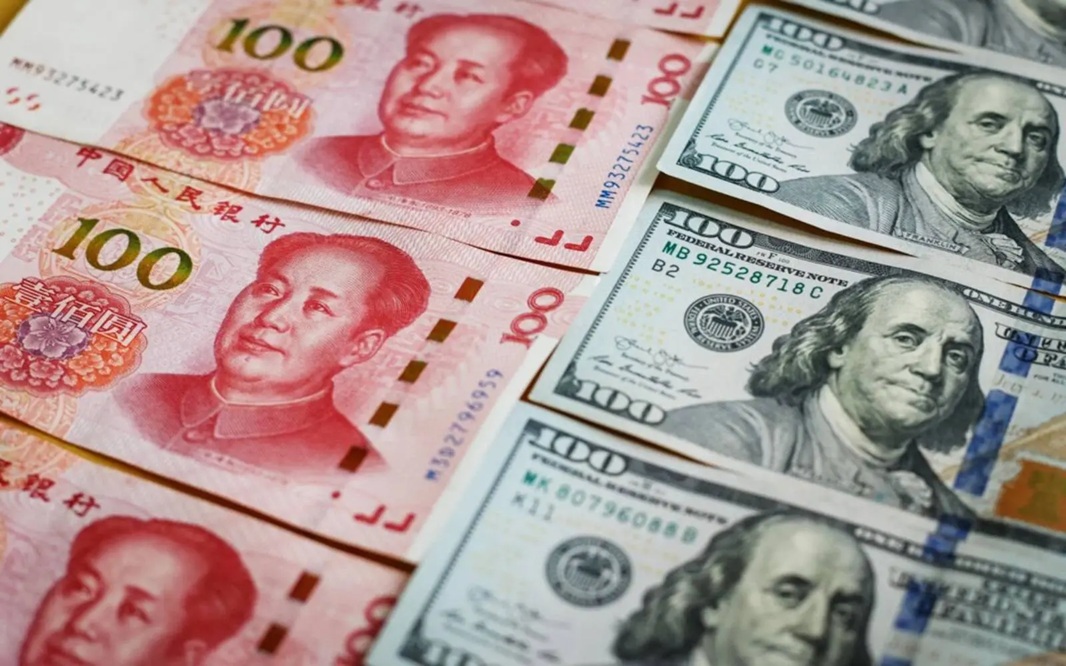HONG KONG: China’s yuan fell to a new 19-month low against the US dollar today, after its offshore counterpart hit a record low overnight, as investors grew increasingly concerned over the escalating trade war between China and the United States.
In afternoon trading, the yuan weakened by 0.2% to 7.3498 per dollar, after earlier sliding to 7.3505 per dollar — its lowest level since September 2023.
Meanwhile, the offshore yuan pared back some of its losses, rising by about 0.62% to 7.3812 per dollar during Asian trading hours. This followed a sharp drop of over 1% in the previous session, where it touched a record low of 7.4288 per dollar overnight.
The declines come amid heightened trade tensions between the world’s two largest economies and after China’s central bank eased its control over the currency — a move analysts believe was intended to cushion the blow to its exports.
US President Donald Trump’s new “reciprocal” tariffs targeting dozens of countries came into effect today. This includes hefty duties of 104% on Chinese goods, even as negotiations with some countries are still ongoing.
“The overnight move in the dollar was certainly significant, driven by the fact that Trump is proceeding with additional tariffs on China,” said Carol Kong, a currency strategist at Commonwealth Bank of Australia.
Kong expects the offshore yuan to weaken further to 7.7 per dollar by the end of the third quarter, but warned this level could be reached sooner if both the US and China impose more aggressive tariffs on each other.
Efforts to Stabilise the Market
Today, the People’s Bank of China set the midpoint rate — the reference rate around which the onshore yuan is allowed to trade within a 2% band — at 7.2066 per dollar, the weakest level since September 11, 2023.
Based on this midpoint, the yuan is permitted to depreciate to as low as 7.3507 per dollar — just slightly stronger than the 7.3510 low recorded in September 2023.
Nevertheless, the midpoint was 1,282 pips stronger than Reuters’ estimate, indicating that the central bank remains reluctant to allow a sharp depreciation of the currency.
According to sources familiar with the matter, state-owned Chinese banks were actively selling US dollars in the onshore spot market early this morning to slow the yuan’s decline.
“I think regulators and the government are trying to manage the pace of the currency’s movement to stabilise the broader market, which is more important than sending dramatic signals,” said Lei Zhu, Head of Asian Fixed Income at Fidelity International in Hong Kong.
Both the onshore and offshore yuan have lost more than 1% against the dollar so far this month, leaving the currency weaker since the start of the year — pressured by concerns over the impact of tariffs.
Economists noted that a weaker yuan would help make Chinese exports more competitive and ease pressure on its trade sector and economy. However, a sharp depreciation could trigger unwanted capital outflows and threaten financial stability.




